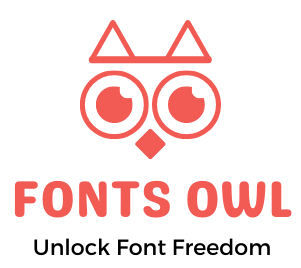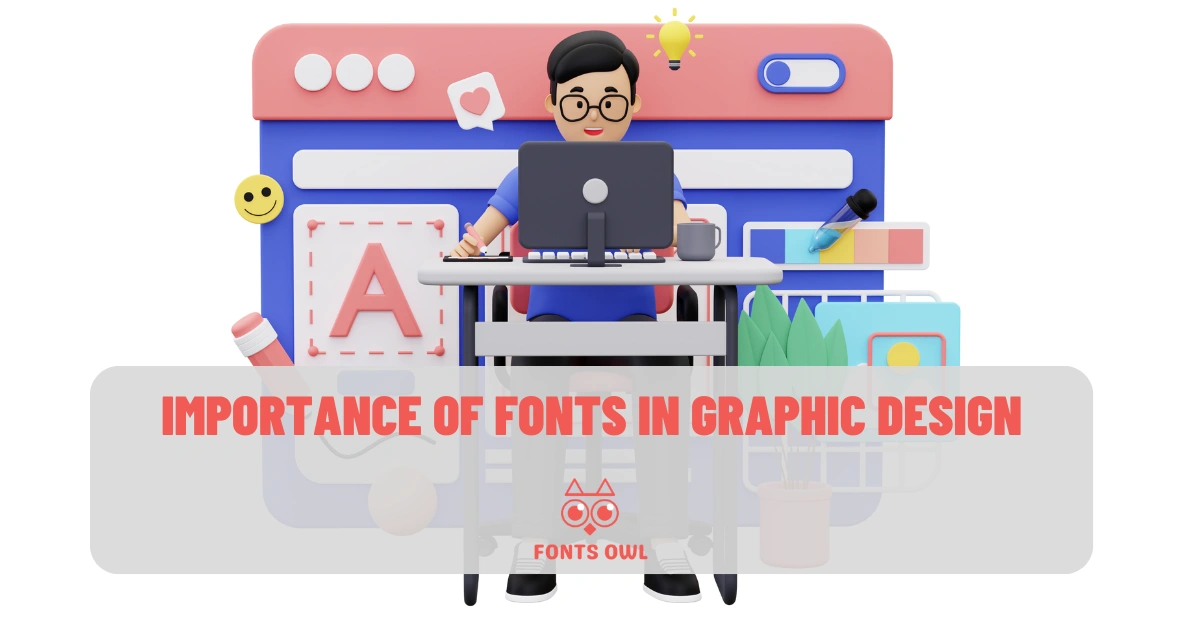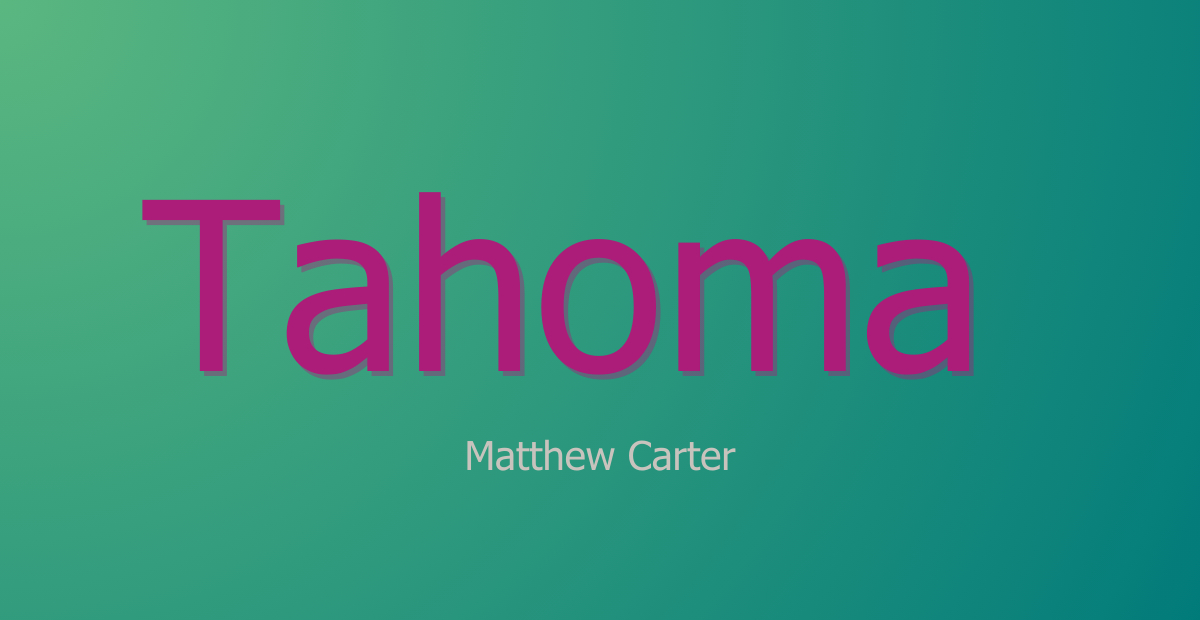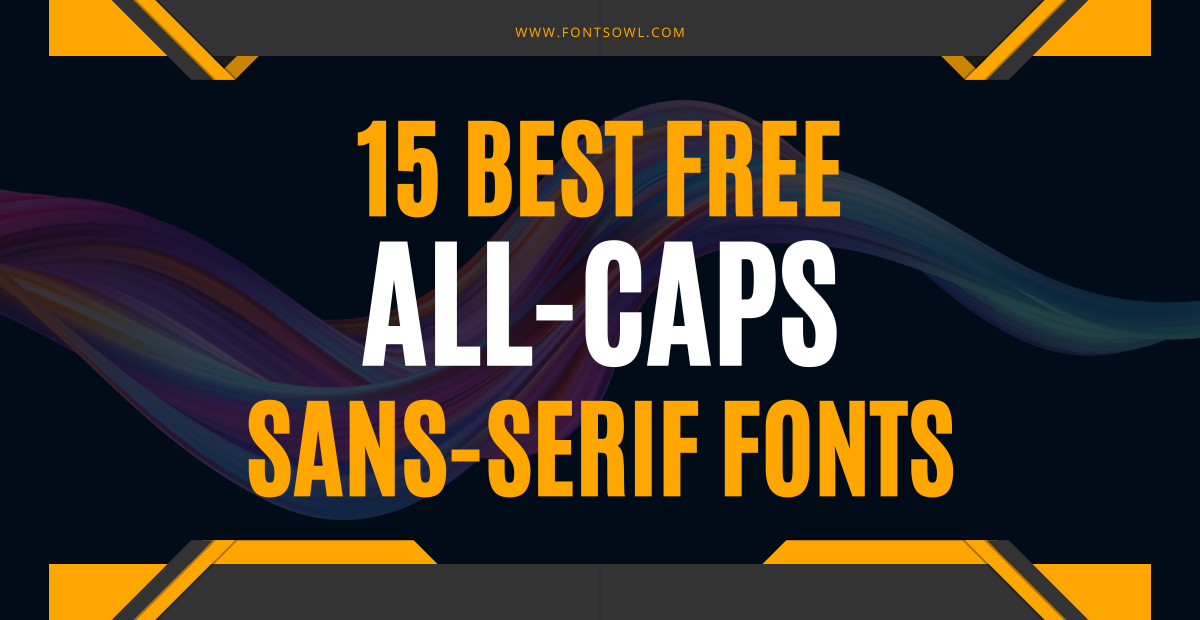Did you know that the fonts you choose can make a world of difference in your graphic designs? Fonts are like the unsung heroes of design, quietly shaping the visual impact and conveying the intended message. In this blog post, we’ll uncover the importance of fonts in graphic design, exploring their various roles, types, and their impact on design. We’ll also discuss font pairing, hierarchy, and how mastering good typography can elevate your designs and build brand recognition. Ready to dive into the fascinating world of fonts? Let’s get started!
Short Summary:
- Fonts are essential to graphic design, providing readability and aesthetic appeal.
- Effective font pairing and hierarchy can help create a cohesive, visually appealing design that communicates the desired message.
- Fonts are an effective tool for creating brand recognition by using consistent typography across all branding materials.
The Role of Fonts in Graphic Design
Fonts play a crucial role in graphic design, providing readability and aesthetic appeal to written language. Typography, the art of arranging letters and text, is the backbone of any design, enhancing readability, establishing hierarchy, and reinforcing brand identity. As a graphic designer, understanding the importance of typography and mastering its various elements can make the difference between a successful design project and one that falls flat.
In this section, we will discuss the three primary roles of fonts in graphic design: enhancing communication, providing aesthetic appeal, and strengthening design elements. By understanding these roles, you’ll be better equipped to choose the right fonts for your design projects and create visually appealing and effective designs.
Enhancing Communication
Fonts can effectively communicate the desired tone and message of a design. For example, UI designers often use a maximum of three fonts to ensure a clean and consistent user interface. Selecting the right font pairing, such as pairing serif fonts with sans-serif fonts, can create harmony and improve the overall look of your design. Considering the tone of the message when selecting a font is essential to ensure that the right message is conveyed and any potential distractions are minimized.
To draw attention to a particular word or phrase through typography, strategies such as increasing the size, altering the color, or selecting a different font can be utilized. These techniques help emphasize the most pertinent information in the design and guide the viewer’s eye to the desired focal points, ensuring effective communication.
Aesthetic Appeal
Fonts can significantly contribute to the aesthetic appeal of a design, making it visually appealing and attractive. The utilization of color, typeface, and text size are all essential elements in captivating your target audience. Selecting the appropriate typeface can not only enhance the visual appeal, but also convey the right emotions and tone to the target audience.
For example, bold and rounded typography can express playfulness and friendliness, while thin and subtle letterforms are well-suited to convey a sense of sophistication and sincerity. By understanding the impact of different fonts on the overall aesthetic appeal, you can make informed decisions when selecting fonts for your design projects.
Strengthening Design Elements
Fonts can be used to strengthen design elements, such as contrast, hierarchy, and balance. Contrast in typography involves utilizing different typefaces, colors, styles, and sizes to create an impactful composition and add visual interest to the page. An increased color contrast between the type and the background enhances legibility, making it easier for the viewer to read and absorb the information.
Harmony in graphic design is an important concept. It is defined as visual balance and continuity throughout a design. By employing a combination of serif and sans-serif fonts, or using different font weights and sizes, you can create a visually balanced design that effectively communicates your message and guides the viewer’s eyes through the design elements.
Types of Fonts and Their Impact on Design
Different types of fonts have distinct characteristics and should be chosen based on the desired effect on your design. The three major style categories of lettering in typography are serif, sans-serif, and cursive fonts. Each type of font has its unique applications and impact on design, and understanding these differences will enable you to make more informed decisions when selecting fonts for your projects.
In this section, we will explore the three primary types of fonts: serif, sans-serif, and Gothic or Blackletter. We will also discuss the impact of each font type on design and provide examples of how they can be used effectively in various design scenarios.
Serif Fonts
Serif fonts are characterized by the additional strokes at the end of the letterforms, lending a sense of tradition, history, authority, and integrity.
They are typically utilized in print materials to evoke a traditional and professional aesthetic, often used in newspapers and books. Times New Roman is a prime example of a serif font.
While serif fonts can signal trustworthiness and professionalism, it’s crucial to consider the context of your design. For example, if you’re working on a design that requires a sense of sophistication and sincerity, a serif font might be the perfect choice. However, if you’re aiming for a more modern and creative look, a sans-serif font might be more appropriate.
Sans Serif Fonts
Sans-serif fonts are a type of font that does not feature the small lines or flourishes at the ends of the strokes that form the letters.
They are often employed in modern and minimalist designs, as they possess straight ends and a more distinct design, making them more consistent than serif fonts. Arial and Verdana are two popular sans-serif fonts. They are widely used in various types of documents.
Sans-serif fonts are frequently utilized in digital designs due to their modern and creative aesthetic. Additionally, they are commonly employed in headlines and titles due to their legibility and ability to draw attention. When working on a design that requires a contemporary and bold appearance, sans-serif fonts can be an excellent choice.
Gothic or Blackletter Fonts
Gothic or blackletter fonts, also referred to as Gothic script, are characterized by their ornamental and complex design, featuring sharp edges and pointed serifs.
These fonts were popularly used in Western Europe from the late 12th century up until the 20th century. Examples of Gothic or blackletter fonts include Fraktur, Rotunda, Schwabacher, and Textura.
Gothic or blackletter fonts are commonly utilized for logos and titles, as they provide a high level of ornamentation and can contribute to generating a powerful visual impression. However, due to their intricate design, they may not be suitable for body text or large blocks of content, as they can be difficult to read and may compromise legibility.
To Know More About Font Check Out our: Ultimate Guide to Identifying Fonts
Font Pairing and Hierarchy in Graphic Design
Font pairing and hierarchy are essential skills for graphic designers to master, as they can significantly impact the overall aesthetic and effectiveness of a design. Effective font pairing involves selecting and combining fonts that create an aesthetically pleasing and legible design, while hierarchy helps guide the viewer’s eyes and ensures that the most important information stands out.
In this section, we will discuss the importance of effective font pairing and establishing visual hierarchy in graphic design. We will also share tips and strategies for mastering these skills, enabling you to create visually appealing and effective designs.
Effective Font Pairing
Effective font pairing is the process of selecting two or more fonts that work together to create a visually appealing design. When selecting fonts for pairing, it is important to note the contrast of styles or the similar x-heights, as well as the personality and mood of each font. Utilizing fonts from the same font family or using the same font in different styles can be beneficial in generating a cohesive aesthetic.
To create a strong brand identity and ensure clear communication, it is recommended to select a maximum of two or three fonts and utilize them consistently throughout your design. By carefully considering the relationship between the fonts you select and their impact on your design, you can create visually appealing and harmonious designs that effectively communicate your message.
Establishing Visual Hierarchy
Establishing visual hierarchy is important for guiding the viewer’s eyes through your design and ensuring that vital information is easily absorbed. To create hierarchy in typography, you can vary font size, weight, and style, utilizing different fonts for headings and body text, and making certain elements larger than others.
Apart from fonts, other elements such as color, contrast, alignment, and proximity can be utilized to construct a discernible hierarchy. By skillfully establishing visual hierarchy in your designs, you can create clear and effective communication that guides the viewer’s eyes and ensures that the most important information is easily accessible.
Building Brand Recognition Through Typography
Consistent typography can significantly contribute to brand recognition, trust in customers, and signal brand values. By using a distinct and consistent typography across all branding materials, you can create a recognizable brand identity that resonates with your target audience.
In this section, we will discuss how to build brand recognition through typography, focusing on the importance of consistent typography and the use of fonts as brand signifiers. By understanding these concepts, you can create a strong brand identity that stands out and fosters trust in your customers.
Consistent Typography
Consistent typography is essential for establishing a recognizable brand identity and should be applied across all branding materials. To utilize consistent typography, it is recommended to limit the number of fonts used, prioritize readability, utilize a consistent font family, and respect font integrity. Additionally, taking context into account as well as creating contrast can improve the design.
For example, Apple is recognized for utilizing their latest font San Francisco not only on their website but across the user interface of all Apple devices to provide a unified experience for customers and prospects. By adhering to a brand typeface and maintaining consistency in your typography, you can foster familiarity and attachment amongst customers.
Fonts as Brand Signifiers
Fonts can be employed as brand signifiers, assisting customers in identifying and retaining a brand’s identity. To create a strong brand identity, it is recommended to select a maximum of two or three fonts and utilize them consistently throughout your design. Furthermore, employing a hierarchy to emphasize crucial information and guaranteeing that the signifiers are clear and easily distinguishable can be beneficial.
By carefully selecting and consistently using fonts that align with your brand’s values and personality, you can create a powerful brand identity that stands out in the minds of your customers and prospects. This, in turn, can help increase brand recognition and loyalty.
Mastering Good Typography in Graphic Design
Mastering good typography in graphic design requires careful consideration of legibility, hierarchy, kerning, and harmony. By understanding the fundamentals of typography and applying them effectively in your designs, you can create visually appealing and functional designs that effectively communicate your message.
In this section, we will share tips for mastering good typography, focusing on prioritizing legibility and balancing creativity with function. By honing these skills, you can elevate your designs and ensure that your typography not only looks great, but also serves its purpose of clear communication.
Prioritizing Legibility
Legibility is crucial in typography and should always be prioritized to ensure clear communication. When selecting an easily readable typeface, it is important to take into account the purpose of the text, the audience, and the context. Additionally, the readability of the typeface, the x-height, and the character shapes should all be taken into consideration.
To ensure an appropriate font size, consider the size of the text in relation to the size of the page, the size of the text in relation to the size of the other elements on the page, and the size of the text in relation to the distance from which it will be viewed. By prioritizing legibility in your typography, you can create designs that effectively communicate your message and are easy for your audience to read and understand.
Balancing Creativity and Function
Creativity is important in typography, but it should be balanced with function to ensure readability and accessibility. To achieve this balance, begin with functionality, maintain simplicity, utilize color and images strategically, and pay attention to typography. Additionally, be aware of the audience and context, avoid trends, and select classic typefaces that will remain timeless.
By balancing creativity and function in your typography, you can create visually appealing designs that effectively communicate your message without sacrificing legibility or accessibility. This balance ensures that your designs not only look great, but also serve their purpose of clear communication.
Summary 💭
In conclusion, fonts play a vital role in graphic design, impacting communication, aesthetics, and overall design elements. Know the fonts, match them well, and use them to make designs that look good and communicate well with the people you want to reach. Prioritize legibility and balance creativity with function to effectively communicate your message through your designs. Use fonts effectively to improve your graphic designs.
Frequently Asked Questions
Answer: Fonts have the power to evoke emotion and communicate messages effectively. By selecting a font that reflects the values of your organization or product, you can create an impactful and meaningful visual representation.
Additionally, by using fonts, you can create a unified design and optimize readability for users.
Answer: Typography is an important part of design and communication as it helps to create a unique identity, conveys important information clearly, and sets the overall tone for any given message.
Good typography will establish a strong visual hierarchy, promote legibility, optimize readability and accessibility, and ensure an excellent user experience.
Answer: Fonts can help make an impact on your reader and convey the right message. Carefully choosing a font for its readability, legibility, style, and context can influence how your reader receives your content. The right font choice helps create a visually pleasing experience that communicates effectively to your readers.
Thus, the font does matter in regards to your presentation of information.
Answer: Typography is an important tool in communicating ideas and conveying messages to readers. It helps to ensure that the text is readable, visually pleasing, and effective in conveying information.
Additionally, typography can create an atmosphere and evoke emotions which further enhances the reading experience.
Answer: Typography plays an integral role in graphic communication. Its purpose is to enhance the content by helping to structure, highlight and emphasize certain parts of a message. Through typography, designers can capture a reader’s attention, draw them into a message and add visual appeal to reinforce what is being said.
Consequently, typography is a critical component of effective graphic communication.





Leave a Reply